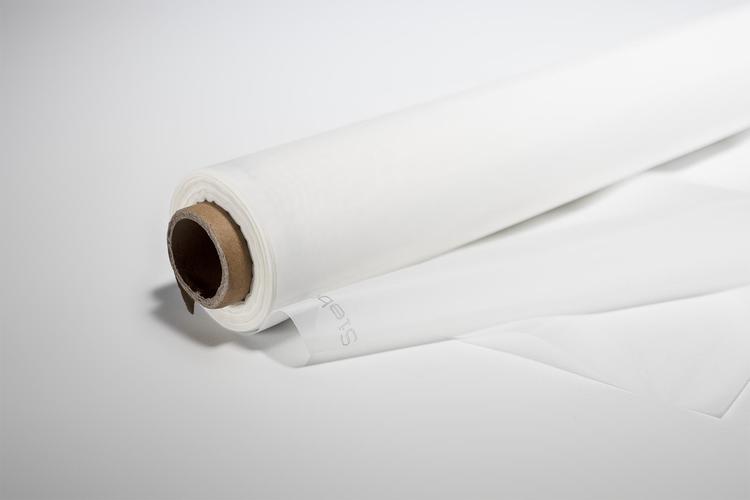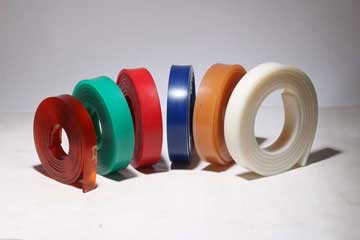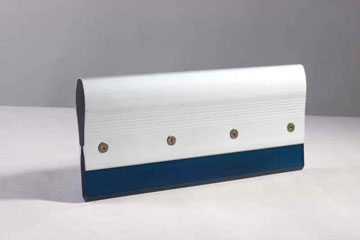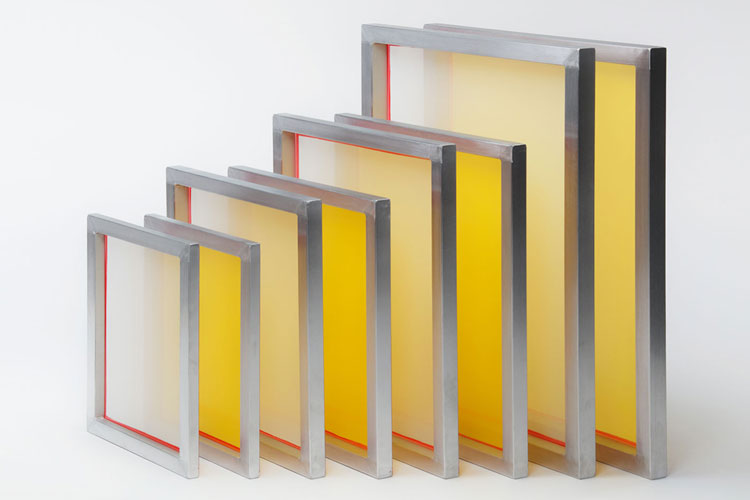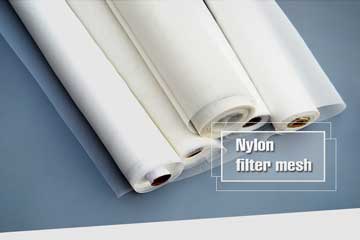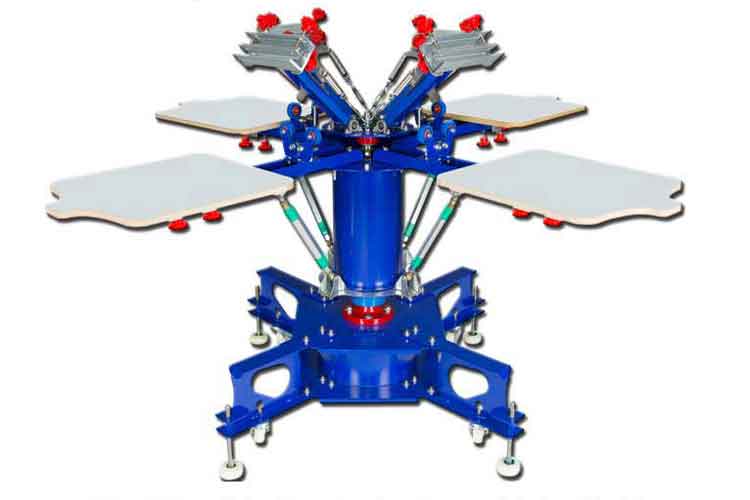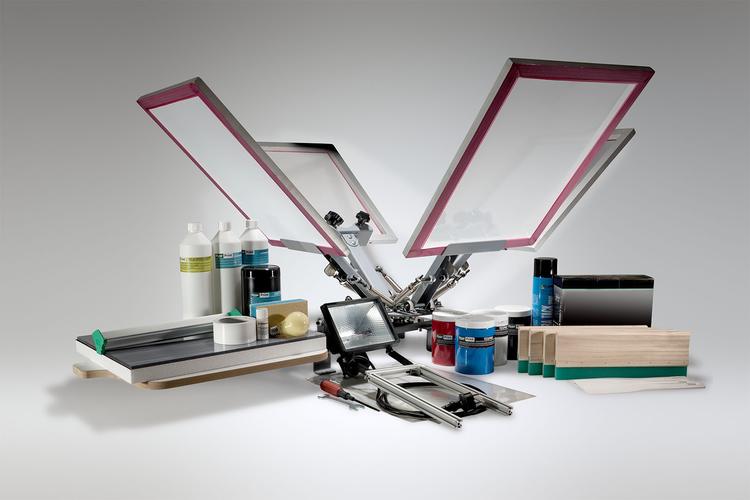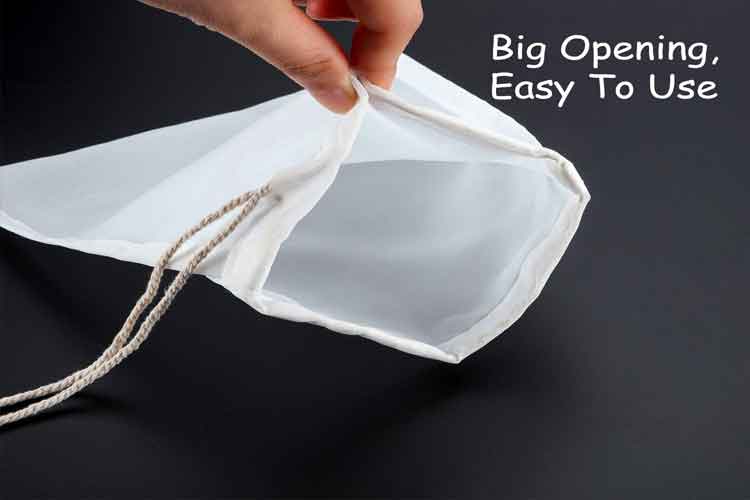Comprehensive Guide to Screen Printing Meshes and Applications
Start with a general introduction to screen printing mesh counts, explaining the importance of each count and why customers may seek specific meshes, from 100 mesh silk screen to 305 mesh screen printing.1. Overview of Screen Printing Mesh Counts and Uses
Start with a general introduction to screen printing mesh counts, explaining the importance of each count and why customers may seek specific meshes, from 100 mesh silk screen to 305 mesh screen printing.
2. Detailed Analysis of Mesh Types and Applications
Each keyword will a
-
100 Mesh Silk Screen: This mesh is ideal for thicker ink deposits, suitable for simpler designs. Often chosen by beginner printers for bold graphics.
-
110 Mesh Screen and 110 Silk Screen Printing Mesh: Known for versatility, 110 mesh is a reliable choice for many designs. Users frequently look for local 110 mesh silk screen near me to access quality materials quickly.
-
120 Mesh Screen Printing and 120 Mesh Silk Screen: Slightly finer than 110, the 120t mesh is used for details and gradients. This section can discuss comparisons between 120t screen printing mesh and higher counts like 150 or 200.
-
156 Mesh Screen Printing Mesh: A mid-level mesh count, 156 mesh provides a balanced ink deposit and detail, ideal for intermediate designs.
-
160 Mesh Screen Printing: With even finer detail, 160 mesh silk screen provides clean lines and works well with water-based inks. 160 mesh screen will be discussed in terms of benefits for different ink types.
3. High Mesh Counts for Advanced Printing
-
200 Mesh Count Screen: Introduce the 200 mesh screen printing as a tool for high-detail printing, suitable for precision graphics and intricate designs. This section will explore why professional printers choose 200 mesh silk screen for advanced projects.
-
230 Mesh Screen Printing and 305 Mesh Screen Printing: These high mesh counts, including 305 mesh screen and 305 mesh silk screen, are optimal for fine-detail printing.
4. Material Composition and Advantages
Focus on 110 monofilament polyester mesh and 110 monofilament screen fabric. Explore how monofilament offers durability for high-frequency printing.
5. Frame Types and Sizes: Choosing the Right Screen
Discuss standard screen sizes, such as 20x24 aluminum screens and 23x31 aluminum screens, used with various meshes, and address the pros and cons of each frame type.
6. Micron-Level Screens for Specific Applications
Explain the relevance of micron-rated meshes in precision applications:
- 43T Mesh to Micron and 43T Screen Printing Mesh: Explore why 43t mesh is perfect for heavy ink deposits.
7. Selecting the Right Mesh for Specific Inks
Analyze 90T Mesh and 90T Screen Printing Mesh for thicker inks.
8. Keyword-Specific Comparisons and Recommendations
Every keyword will be woven into comparisons, industry best practices, and targeted recommendations for businesses, emphasizing SEO optimization and practical advice.
9. Maintenance Tips and FAQs
Explain maintenance for each mesh count. E.g., 160 mesh silk screen cleaning practices, storage tips for 110 monofilament polyester mesh, and how to extend the lifespan of 120t screen printing mesh.
10. Conclusion and Call to Action
Encourage readers to choose the right screen for their needs and provide resources to purchase reliable meshes like 110 screen printing mesh.
Next:Mesh Silk Screen Printing: The Key to Precision and Quality in Your Printing Projects
Tags:
